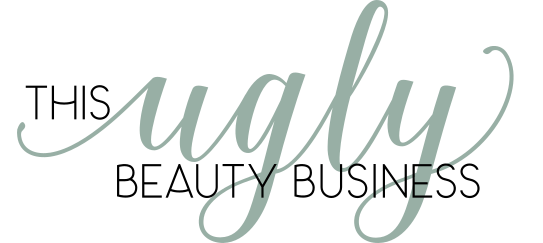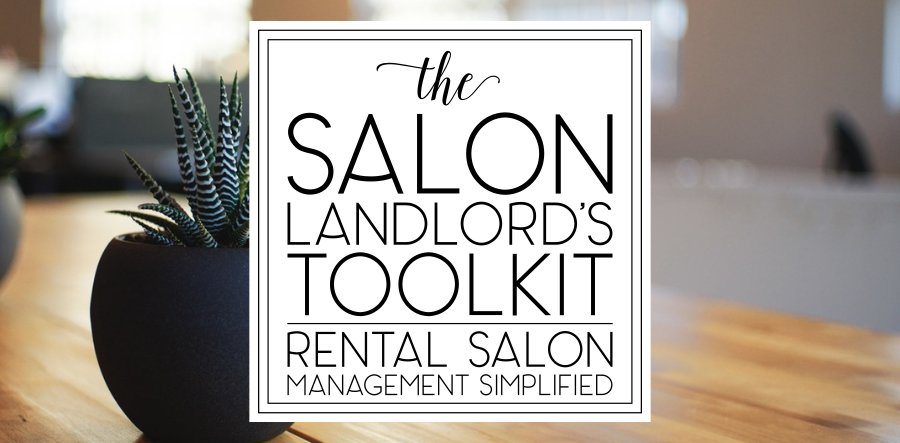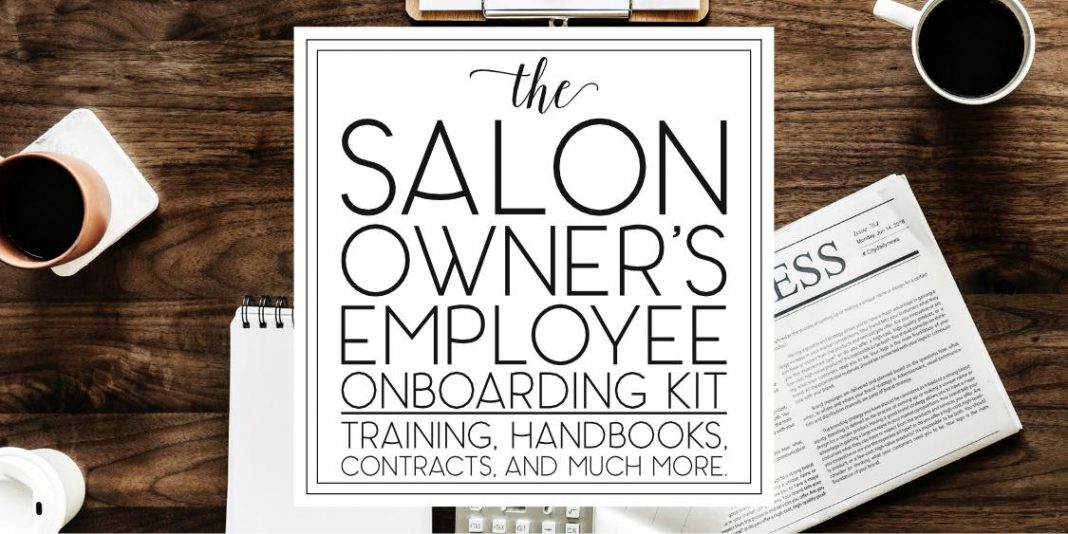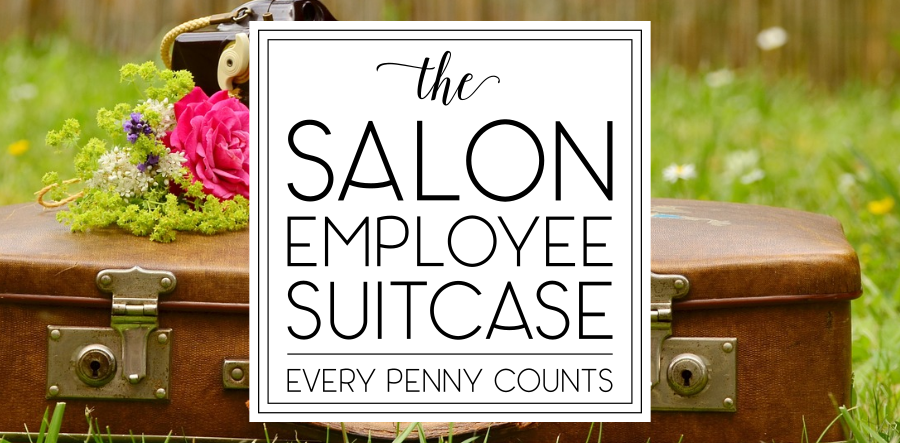Although our industry and technology has evolved exponentially, our system for educating and licensing professionals hasn’t changed in decades—and it really needs to.
In Part 1, The Industry’s Education Situation, we briefly acknowledged the uncomfortable fact that abuse of students and financial aid programs puts our entire profession in peril by legitimizing arguments for deregulation.
In Part 2, The Industry’s Education Solution, we discussed how we could draw a clear line between what constitutes practical and necessary practices that should be part of a professional’s education and labor exploitation.
In this final installment, we’ll evaluate the primary reasons lawmakers and activists believe our education and licenses aren’t necessary and discuss a potential compromise that will not only eliminate their arguments but revitalize our industry, curb attrition, and make both education and licensure more affordable and attainable for all.
Audio Version
First, get prepared to do some deep, calming breaths. We’re going to review and entertain the arguments for deregulation, which will require us all to admit the validity of some of those arguments.
Deregulation Argument 1: Beauty education and licensing requirements impose arbitrary and unnecessarily high barriers to entry, hurting employment opportunities and small businesses.
Also known as the “bad for the economy argument,” legislators standing heavily on this reasoning tend to be completely ignorant of the complexities of our profession, often downplaying our day-to-day activities as being frivolous. (For example, “Why should someone need a license to polish fingernails or cut hair?”) They fail to understand the risks an untrained person poses to public health and safety.
Let’s take a look at an untrained person who “polishes fingernails” or “cuts hair.”
- With no education, this untrained manicurist will not understand the importance of proper implement disinfection and could potentially spread hepatitis or any number of bloodborne contagions to every person who sits in her chair.
- A small cut caused by a dirty cuticle nipper could cost a diabetic or otherwise immune-impaired client her foot (or worse, her life).
- Failure to perform a patch test before a chemical service could cause a serious anaphylactic reaction that could literally kill someone.
While barriers to entry certainly do have the unfortunate consequence of limiting the talent pool for employers, to argue that those imposed on our industry don’t have a valid reason for existing in the first place is absurd. To argue that uneducated people working in our field—which requires direct physical contact with the public—present “no threat to public safety” is ignorant.
Nobody so uninformed should be attempting to deregulate a profession they so clearly do not understand.
Deregulation Argument 2: There is no demonstrable need for licensing or regulatory oversight of beauty professions, therefore, the education requirements, licensing fees, and cost of maintaining a state board agency are unnecessary and excessive.
What constitutes “demonstrable need” varies from person to person. As far as I’m concerned, even a single preventable avoidable injury, illness, or death is too many.
I refuse to accept that uninformed consumers should be put into a position to become collateral damage by uninformed legislators with political agendas.
As professionals who work in this industry, most of us are well aware that a need for licensing and regulatory oversight not only exists, but that these regulatory agencies could benefit from more funding so they can better enforce our regulations. This argument generally focuses on the “excessive cost” of maintaining occupational boards, which is absurd when you consider how small a portion of state budgets are allocated for those purposes.
Deregulation Argument 3: Cosmetology training programs are disproportionately likely to produce graduates with earnings that are too low to justify the investment in their education.
Uh oh. Unlike our two prior arguments, this one has a strong factual basis, supported by real data.
The “gainful employment rule” requires for-profit colleges to keep their graduates’ rations of student debt to earnings below a specified level.
Cosmetology programs only account for 35% of the career for-profit sector but represent almost 70% of programs failing the gainful employment rule.
These findings by the U.S. Department of Education lead to the American Association of Cosmetology Schools filing a lawsuit, asking the court to halt enforcement of the gainful employment rule against their member programs. They allege that the data used to determine earnings are based on the income professionals report on their taxes rather than what they actually receive, and since tax evasion (specifically, underreporting on behalf of both employers and professionals in our business) continues to be a chronic problem, the AACS’s arguments aren’t without merit.
While my personal experience and that of my industry colleagues and consulting clients doesn’t rise anywhere near the level of actual data, I find the Department’s stance to be credible as well. While underreporting does occur and skews the earnings data, the actual earnings I’ve evaluated and know to be accurate exceed the reported average earnings of $14,132 only barely.
Even if professionals accurately reported their earnings, I consider it unlikely that cosmetology schools would meet the standard for passing the “gainful employment” test.
Deregulation Argument 4: Schools have fought to increase the required minimum hours to ensure they can benefit from financial aid programs. As a result, the time and monetary investments required to attaining a license are unnecessarily high.
This argument also has a factual basis. Our schools have fought hard to increase hourly requirements, partly to justify increased costs but also so their programs can qualify for financial aid programs.
Many of their students need financial aid to afford tuition, but the federal financial aid system requires programs to be a certain length and cost before they’ll grant it.
This system encourages and rewards the exploitation of students. Marinello serves as a perfect example of how those systems have been abused.
Deregulation Argument 5: The dropout and attrition rate in the beauty industry is too high to justify education and licensing requirements.
While we have a ton of anecdotal support to validate this argument, we lack actual data. Obviously, schools and licensing boards don’t want to collect or share it, as it likely would not paint a good picture of our profession and would endanger both education standards and professional licensing overall.
Modular Education: Ending the Threat of Deregulation
Now that we’ve reviewed the arguments for deregulation, let’s talk about how we can eliminate each of them with a completely new approach to beauty education.
The core of each of the four valid deregulation arguments comes down to the following:
- Excessive Time Investment
- Excessive Monetary Investment
- Exploitation of Students and Financial Aid Programs by For-Profit Institutions
- High Attrition and Low Wages
How can we eliminate these arguments without severely compromising education quality?
The solution might be far simpler than most people realize.
First, we break our licenses and our education requirements down into smaller, more manageable modules. If cost and time are the problem, making our programs smaller and more manageable for everyone is the solution. Under a module-based education system, students would first go to school for basic sanitation and public safety education (universal precautions, patch testing procedures, how to analyze a treatment area to identify abnormalities that make a client ineligible for service in the salon), empowering them to assist in a salon performing basic tasks (like disinfecting, shampooing, and polish removal).
From there, professionals could choose which path they would like to take and complete the necessary course: natural hair care, natural skin care, or natural nail care. These basic courses would provide more detailed foundation knowledge about anatomy, chemistry, and appropriate client care. Once completed, these professionals would be empowered to perform the basic services their license type covers:
Natural Hair Care: Braiding, extensions, cutting, styling.
Natural Nail Care: Manicuring, pedicuring, and hand/foot massaging.
Natural Skin Care: Facials and hair removal.
Once the professional masters the prerequisite course, successfully passes the theory and practical examinations, and complete a modest apprenticeship in a licensed salon facility (work for which which they will be legally and appropriately compensated), they can continue to build their education based on the skills and services they’re likely to actually use, rather than being required to sit through an entire cosmetology program.
Advanced courses would look something like this:
Advanced Hair Care: Chemical services.
Advanced Nail Care: Nail enhancements.
Advanced Skin Care: Chemical services, lashing, etc.
Professionals will be able to complete as much education as they want, at their convenience. Alternatively, they can choose to stop and specialize in natural hair, skin, or nail care.
This module-based approach accomplishes the following:
- reduces the time and expense required to enter the workforce by breaking each down into manageable pieces,
- gives students and professionals more control over their education and their career path, and
- makes it impossible for schools to exploit federal financial aid programs (since the programs won’t be long enough or costly enough to qualify).
Simply put: module-based education would keep students from getting buried in debt and finding out after-the-fact that the job just isn’t for them.
Next, we must make our licensing standards (and our licenses) national. The current situation, where each state has different standards and licensing requirements that significantly impede a professional’s mobility, has to change. It’s completely nonsensical to impose arbitrary barriers that require experienced professionals to jump through imaginary hoops just because they decided to move from one state to another.
If everyone who calls for deregulation on the basis of time/monetary investment, attrition rates, arbitrary barriers, and exploitation of students and financial aid programs immediately loses their argument, theoretically, we never have to deal with them again.
Making It Happen
To make progress, we have to agree with the opposing side on one key fact: the current system is broken.
In this industry, a lot of people work really hard to get the money together (either through private loans or financial aid) and struggle to get through a year or more of schooling—often spending a good deal of that time learning techniques they’ll never utilize after graduation or doing menial work that doesn’t contribute to their education—just to have their licenses held hostage by the schools they attended until their debts are paid off, or to get out and realize that they’re likely not going to make much more than they’d make working retail.
We can fix this. Our survival as a profession depends upon it. As an industry, we need to take this seriously and do better than signing petitions and shouting down our lawmakers every time they propose deregulation. That just isn’t a long-term solution.
None of this changes as long as schools are calling the legislative shots.
We’re going to have to be more proactive and far more organized if we want to see improvements. For as long as for-profit beauty schools are capable of qualifying for federal financial aid, we’ll never get their support or the support of the professional associations funded by them. To make this happen, we’d have to form our own association and force change through our strength in numbers. It would require a tremendously organized national campaign, which would be a monumental undertaking for such a fractured industry, and even if someone were capable of organizing a movement of that size, the schools have far more resources and likely more reach than we’d be capable of competing with.
Over the years, I’ve seen the detrimental effects schools and exploitative employers have had on our industry. Both have gradually eroded the profession for their own financial gain, whittling it so thin that defending it has become almost completely impossible, leaving us—the professionals both rely so heavily upon—struggling and broken. To add insult to injury, we’re manipulated to leap to their defense when they’re threatened by lawmakers who want to punish them for their crimes—not because they don’t deserve to be punished, but because the proposed punishments often have consequences that put our livelihoods and the safety of our clients at risk.
We shouldn’t be forced to keep playing this stupid game.
What do you think? Does modular education seem like a better approach, or do you have an alternative idea? In what ways can a modular system be exploited (by schools and/or students)? Let us know in the comments!









2 Responses
This is the direction our school is going — everything offered in modules.The traditional program model is becoming obsolete, not just due to cost but because students are more interesting in specializing and want more say in what they’re learning. It’s frustrating as an educator to have to try to teach someone colour who has zero interest in it and plans to specialize in cutting. Also 1500 hours in one go starts to be painful about a 1000 hours in; my students all seem to collectively develop senioritis around that point and need to get into a salon for a reality check
This is really encouraging to hear. It feels like an inevitable and natural evolution that will ultimately benefit everyone involved in the end, so it’s nice to know that the change has already started. I really wish school owners and instructors would share their experiences with this new approach as they go, so we can see how it all works out in actual practice. In theory, it seems solid, so I’m super interested to see if it plays out that way.